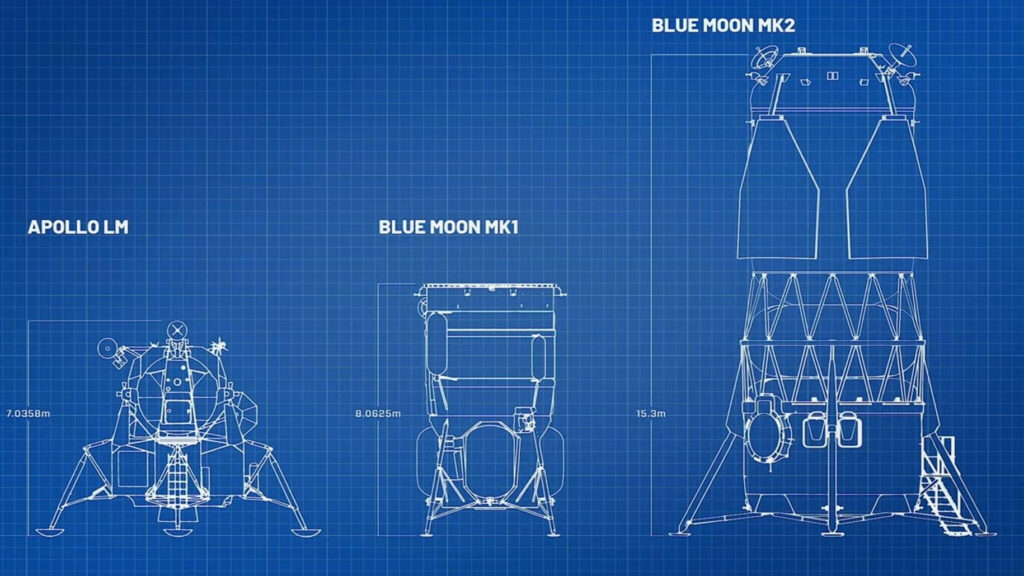India’s new rocket launched for the first time on Saturday night (Aug. 6), and it’s still too early to tell whether or not it earned its wings.
The 112-foot-tall (34 meters) Small Satellite Launch Vehicle (SSLV) lifted off from Satish Dhawan Space Centre on India’s southeastern coast on Saturday at 11:48 p.m. EDT (0348 GMT and 9:18 a.m. India Standard Time on Sunday, Aug. 7) with two satellites onboard.
The rocket’s three solid-fueled stages performed well, but its fourth and final stage, a liquid-fueled “velocity trimming module” (VTM), apparently hit a snag.
“SSLV-D1/EOS-02 Mission: Maiden flight of SSLV is completed. All stages performed as expected. Data loss is observed during the terminal stage. It is being analysed. Will be updated soon,” the Indian Space Research Organisation (ISRO) said via Twitter (opens in new tab) not long after liftoff. (This tweet suggests that ISRO does not consider the VTM, which is akin to the “kick stage” that Rocket Lab uses with its Electron booster, a full-fledged stage.)
ISRO: The Indian Space Research Organisation
SSLV-D1/EOS-02 Mission: Maiden flight of SSLV is completed. All stages performed as expected. Data loss is observed during the terminal stage. It is being analysed. Will be updated soon.August 7, 2022
The rocket was supposed to deploy the two satellites about 13 minutes after liftoff into an orbit 221 miles (356 kilometers) above Earth. It’s unclear if that happened, or if the data loss indicates a serious problem; we’ll have to wait for an update from ISRO to find out.
The main payload on Saturday’s test mission was EOS-02, a 300-pound (135 kilograms) experimental Earth-observation satellite. “This microsat series satellite offers advanced optical remote sensing operating in infrared band with high spatial resolution,” ISRO officials wrote in a description of Saturday’s mission (opens in new tab).
The second satellite that went up Saturday was an 18-pound (8 kg) cubesat called AzaadiSAT. This little spacecraft was loaded with 75 different payloads, which were built by female students across India to perform a variety of “femto-experiments.”
“The payloads include a UHF-VHF transponder working in ham radio frequency to enable voice and data transmission for amateur radio operators, a solid state PIN diode-based radiation counter to measure the ionizing radiation in its orbit, a long-range transponder and a selfie camera,” ISRO officials wrote in the mission description.

As its name indicates, the SSLV is designed to launch relatively small satellites; the rocket can loft up to 1,100 pounds (500 kg) to low Earth orbit (LEO), according to ISRO officials.
When the SSLV comes fully online, India will have three rockets in its current fleet. The two others are the 144-foot-tall (44 m) Polar Satellite Launch Vehicle (PSLV), which can haul up to 3,860 pounds (1,750 kg) to a sun-synchronous polar orbit, and the Geosynchronous Satellite Launch Vehicle (GSLV), which can take 11,000 pounds (5,000 kg) to LEO or 5,500 pounds (2,500 kg) to the much higher geostationary transfer orbit.
Mike Wall is the author of “Out There (opens in new tab)” (Grand Central Publishing, 2018; illustrated by Karl Tate), a book about the search for alien life. Follow him on Twitter @michaeldwall (opens in new tab). Follow us on Twitter @Spacedotcom (opens in new tab) or on Facebook (opens in new tab).


